
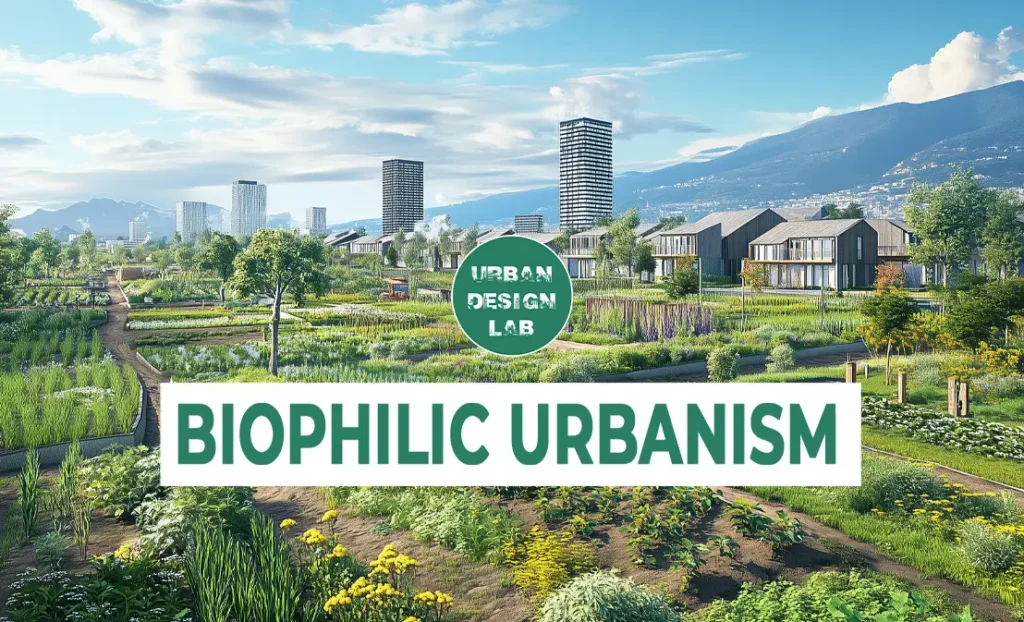
What is Biophilic Urbanism?
In the evolving discourse of urban planning and architecture, one concept is gradually reshaping our understanding of sustainable urban living—biophilic urbanism. But what is biophilic urbanism? Biophilic urbanism is an approach to city planning that integrates natural elements into urban areas, creating environments where humans can reconnect with nature. As cities worldwide grapple with the environmental, social, and economic challenges associated with rapid urbanization, the integration of nature within the urban fabric offers an essential pathway to healthier, more resilient urban environments.
Biophilic urbanism is rooted in the biophilia hypothesis, first introduced by Harvard biologist E.O. Wilson, which posits an innate human affinity for life and life-like processes. It draws upon this fundamental human desire to connect with nature, reimagining the built environment not as an entity separate from nature but as an extension of it. This vision emphasizes the inclusion of natural systems within urban areas, enhancing urban livability, promoting biodiversity, and fundamentally transforming how we experience city life.
Seminal Authors and Their Contributions
The concept of biophilic urbanism owes much to several seminal authors whose work has laid the foundation for this transformative approach to urban planning. E.O. Wilson’s biophilia hypothesis, introduced in 1984, is often regarded as the cornerstone of biophilic design. Wilson argued that humans have an innate need to affiliate with nature, which has profound implications for the built environment. His work inspired a new generation of architects and urban planners to rethink how cities could integrate natural elements to foster a sense of well-being and connection to the natural world.
Stephen Kellert, a leading figure in the field of biophilic design, expanded upon Wilson’s ideas by providing a comprehensive framework for incorporating biophilia into architecture and urban planning. Kellert’s work emphasized the importance of both direct experiences of nature, such as exposure to plants and water, and indirect experiences, such as the use of natural materials and biomorphic forms. His book, “Biophilic Design: The Theory, Science, and Practice of Bringing Buildings to Life” (2008), remains a seminal text that has influenced countless projects aimed at creating healthier and more sustainable urban environments.

Integrating Nature at Different Scales
Biophilic urbanism manifests across multiple scales—from individual buildings to entire regions. At the micro level, biophilic design principles are employed in architecture to create spaces that incorporate direct or symbolic natural elements. Examples include the use of green walls, natural materials, biomorphic forms, and abundant natural light—all of which evoke a sense of connection to the natural world. Such approaches have proven to yield considerable psychological and physiological benefits, ranging from reduced stress to enhanced productivity and creativity. A 2019 study by the University of Exeter found that employees working in environments with natural elements reported a 15% increase in well-being and a 6% increase in productivity.
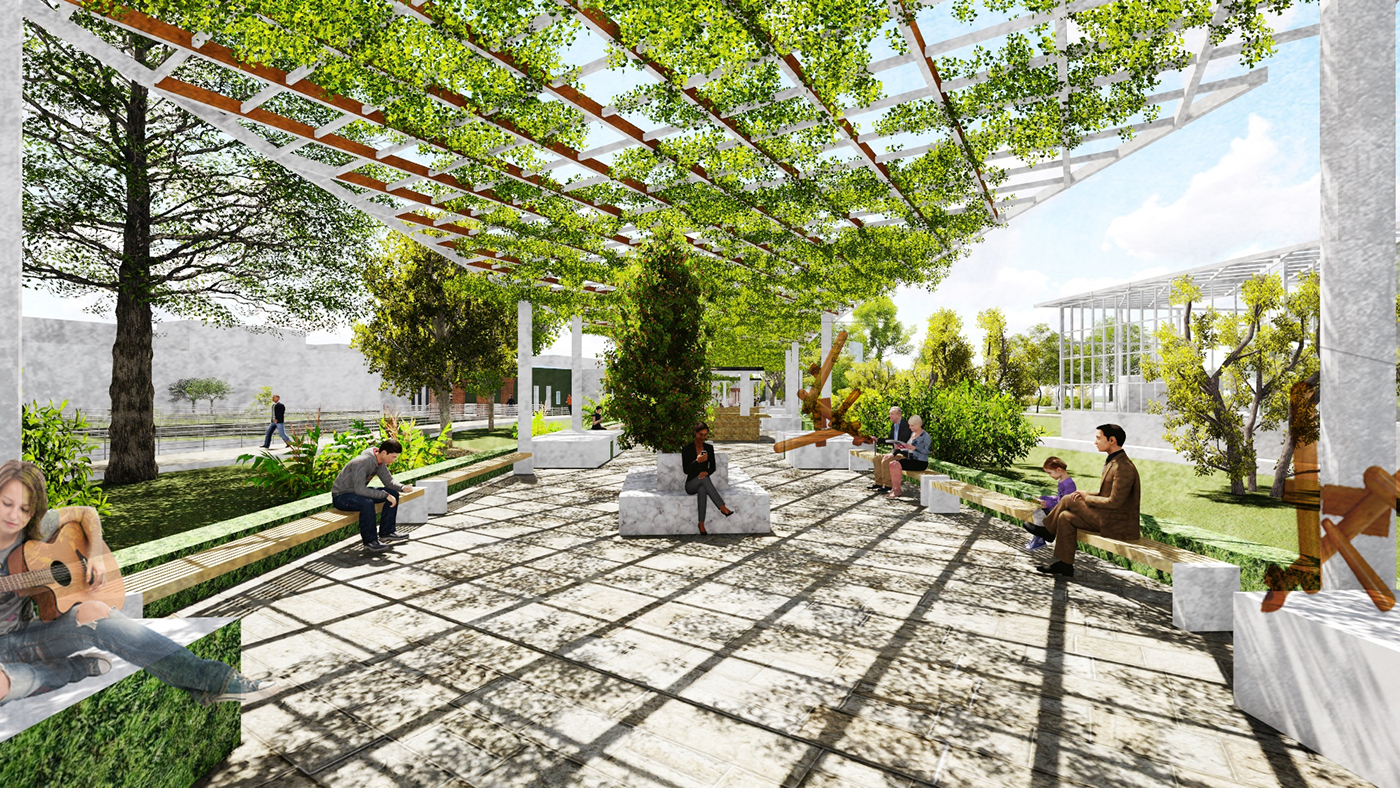
Health and Well-Being Benefits
The influence of nature on human well-being cannot be overstated. A growing body of evidence underscores the positive impact of urban green spaces on mental and physical health, primarily through pathways such as stress reduction, enhanced social cohesion, and increased physical activity. Exposure to natural environments has been linked to lower rates of cardiovascular diseases, improved cognitive function, and decreased prevalence of anxiety and depression. According to a study published in The Lancet Planetary Health in 2018, individuals living near green spaces had a 16% lower risk of developing mental health issues compared to those with limited access to nature.
Biophilic urbanism contributes to the resilience of urban communities. By buffering cities against environmental stressors, such as air pollution, urban heat islands, and noise, biophilic interventions help mitigate some of the most pressing public health challenges faced by densely populated urban areas. The inclusion of urban greenery—such as green roofs, vertical gardens, and permeable green surfaces—serves not only to beautify the cityscape but also to provide critical ecosystem services that enhance air and water quality. For example, a study by the Environmental Protection Agency (EPA) found that urban trees in the United States remove approximately 711,000 metric tons of air pollution annually, valued at $3.8 billion in public health benefits.
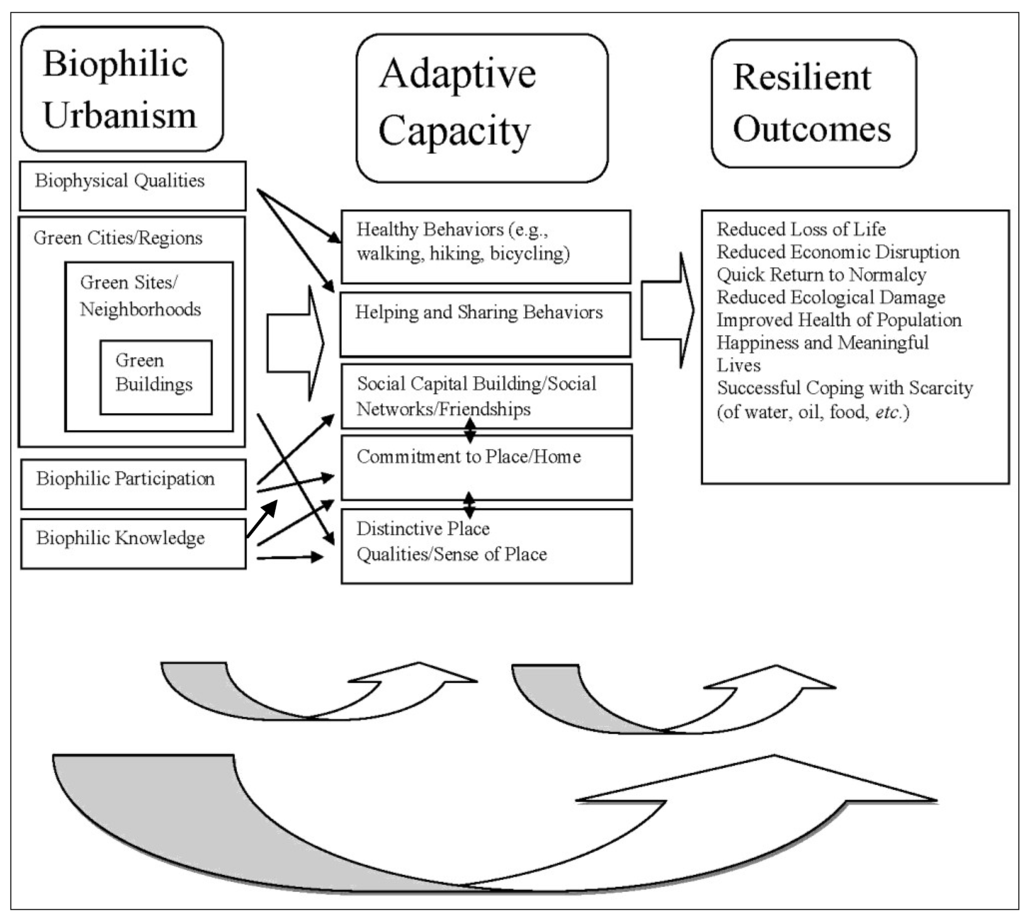
Biophilic Urbanism as a Tool for Urban Resilience
Beyond its restorative and health-promoting aspects, biophilic urbanism is increasingly recognized as a vital component of urban resilience. Cities around the globe are experiencing the compounded effects of climate change—extreme heat, unpredictable precipitation patterns, and rising sea levels. Nature-based solutions integrated into urban design offer adaptive capacities to cope with these challenges. Green infrastructure, for instance, plays a crucial role in managing stormwater, reducing urban heat, and maintaining biodiversity, thus enhancing the ability of cities to withstand and recover from environmental shocks. The World Bank estimates that urban green infrastructure can reduce flood risks by up to 20%, highlighting its importance in climate adaptation strategies.
Singapore provides an exemplary model of biophilic urbanism in practice, where urban greening initiatives such as the “park connector” network, living buildings, and schoolyard gardens contribute to a city that is truly a “City in a Garden.” The city-state has set an ambitious target of covering 50% of its urban areas with greenery by 2030, recognizing the role of nature in enhancing urban resilience and liveability. Similarly, cities like Wellington, New Zealand, and Oslo, Norway, are actively pursuing green belts and extensive urban forest networks to ensure that residents have continual access to nature and its myriad benefits.


Challenges and Future Directions
The transition to biophilic urbanism is not without its challenges. Urban planners and architects must navigate the complexities of land-use regulations, budget constraints, and competing stakeholder interests. Additionally, there is the potential for unintended consequences, such as “green gentrification,” where increased urban greening leads to rising property values that displace lower-income residents. To ensure equitable access to nature, biophilic urban strategies must be carefully planned and implemented with a focus on inclusivity and justice. A 2020 study by the University of California, Berkeley, found that neighborhoods undergoing greening initiatives experienced an average increase of 11% in rental prices, underscoring the need for policies that prevent displacement.
The future of biophilic urbanism lies in its ability to integrate advanced technologies with nature-based solutions. Smart city innovations, such as IoT-enabled environmental monitoring and adaptive green infrastructure, can enhance the effectiveness of biophilic interventions. Melbourne’s “Urban Forest Visual” initiative, which uses digital tools to connect residents with their urban trees, exemplifies how technology can support deeper connections to nature and foster a more informed and engaged citizenry. Additionally, advances in drone technology and remote sensing can aid in monitoring the health of urban green spaces, ensuring their sustainability and resilience.
As cities continue to expand, the imperative to rethink urban development through the lens of biophilic urbanism grows stronger. It is not simply about planting more trees or creating more parks—it is about fostering a profound and enduring relationship between people and the natural systems that support life. A biophilic city is one that nurtures its residents by nurturing nature, creating environments where both humanity and biodiversity can thrive. According to the United Nations, by 2050, nearly 68% of the global population will live in urban areas, making the integration of nature into cities not just desirable but essential for the well-being of urban communities and the planet as a whole.
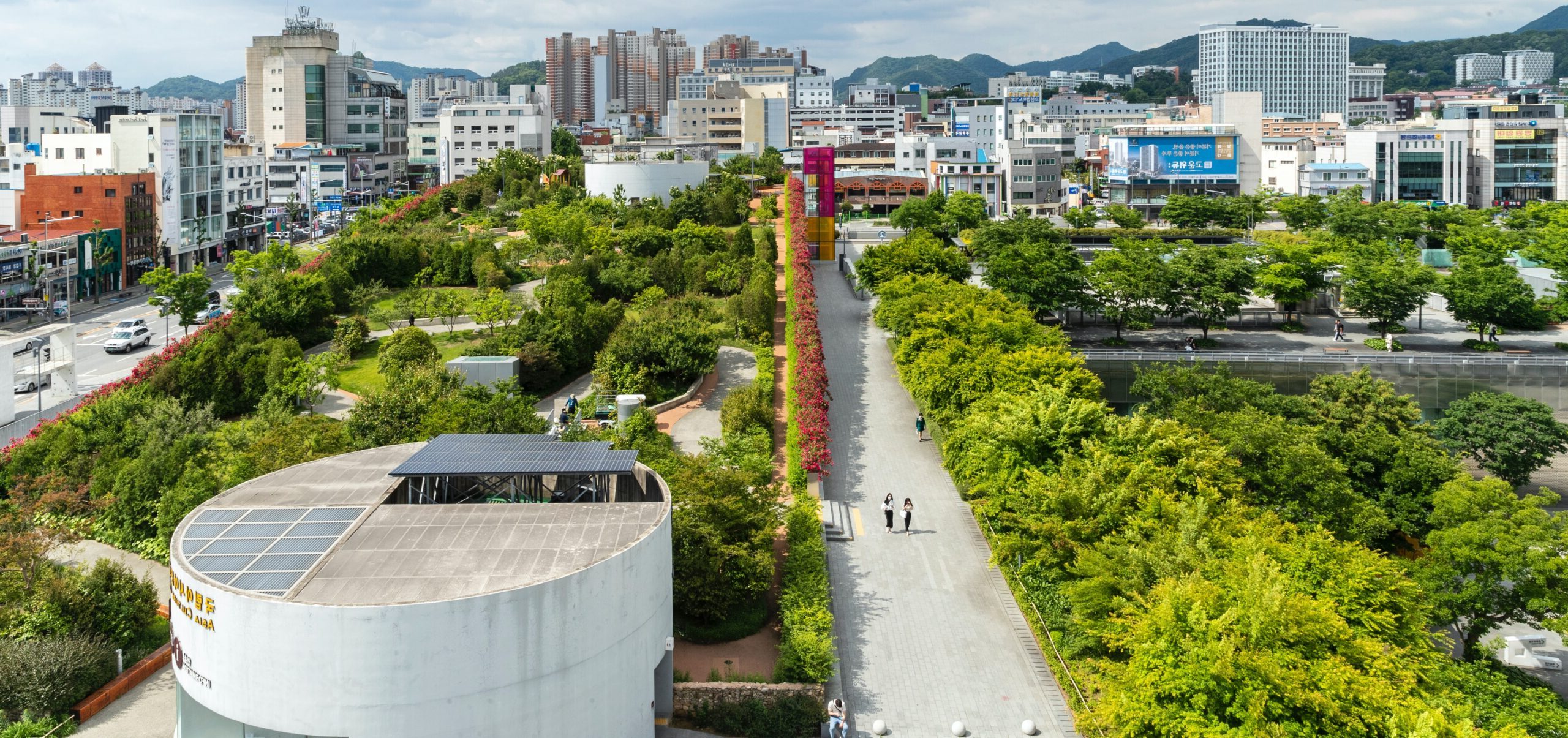
The Economic Value of Biophilic Urbanism
Beyond the environmental and social benefits, biophilic urbanism also offers significant economic advantages. The presence of green spaces and natural elements in urban areas has been shown to increase property values, attract tourism, and boost local economies. A study by the University of Washington found that homes located near parks or green spaces had an average increase in value of 8-20%. Additionally, biophilic interventions, such as green roofs and walls, can reduce energy costs by providing natural insulation and cooling, leading to substantial savings for both building owners and municipalities. In Singapore, the government has reported energy savings of up to 15% in buildings that have adopted green roof technologies.
Moreover, biophilic urbanism can reduce healthcare costs by promoting healthier lifestyles and reducing the incidence of diseases linked to sedentary behavior and poor air quality. The World Health Organization estimates that physical inactivity is responsible for approximately 3.2 million deaths annually. By encouraging physical activity through the provision of accessible green spaces and promoting mental well-being, biophilic urbanism can play a crucial role in reducing the healthcare burden on cities. This economic argument further strengthens the case for integrating nature into urban planning as a means to create more sustainable and financially resilient cities.

Summary:
- Seminal Authors and Contributions: E.O. Wilson introduced biophilia, Stephen Kellert expanded it to design, and Timothy Beatley developed biophilic cities.
- Biophilic Urbanism Across Scales: Biophilic urbanism ranges from buildings to regions, with green walls improving well-being by 15% and productivity by 6% (University of Exeter, 2019).
- Health Benefits of Nature: Green spaces reduce cardiovascular risks, improve mental health, and lower anxiety and depression by 16% (The Lancet Planetary Health, 2018).
- Urban Resilience: Nature-based solutions like green infrastructure reduce flood risks by up to 20% (World Bank).
- Singapore as a Biophilic Model: Singapore plans to green 50% of its urban areas by 2030, integrating biophilia for resilience and livability.
- Challenges of Biophilic Urbanism: Green gentrification increases rents by 11% in greening areas (UC Berkeley, 2020).
- Economic and Technological Integration: Biophilic urbanism raises property values (8-20%) and saves energy (15%), with tech like IoT enhancing solutions.
UDL Illustrator Masterclass
Visualizing Architecture and Urban Diagrams

Urban Design Lab
About the Author
This is the admin account of Urban Design Lab. This account publishes articles written by team members, contributions from guest writers, and other occasional submissions. Please feel free to contact us if you have any questions or comments.
Author
Author
Author
Author
Author
Author
Author
Author
Author
Author
Conclusion
References
About the author
Related articles


Architecture Professional Degree Delisting: Explained

Periodic Table for Urban Design and Planning Elements


History of Urban Planning in India

Best Landscape Architecture Firms in Canada
UDL GIS
Masterclass
Gis Made Easy- Learn to Map, Analyse and Transform Urban Futures
Session Dates
15th-19th December 2025

Urban Design Lab
Be the part of our Network
Stay updated on workshops, design tools, and calls for collaboration
Curating the best graduate thesis project globally!

Free E-Book
From thesis to Portfolio
A Guide to Convert Academic Work into a Professional Portfolio”
Recent Posts
- Article Posted:
- Article Posted:
- Article Posted:
- Article Posted:
- Article Posted:
- Article Posted:
- Article Posted:
- Article Posted:
- Article Posted:
- Article Posted:
- Article Posted:
Sign up for our Newsletter
“Let’s explore the new avenues of Urban environment together “


























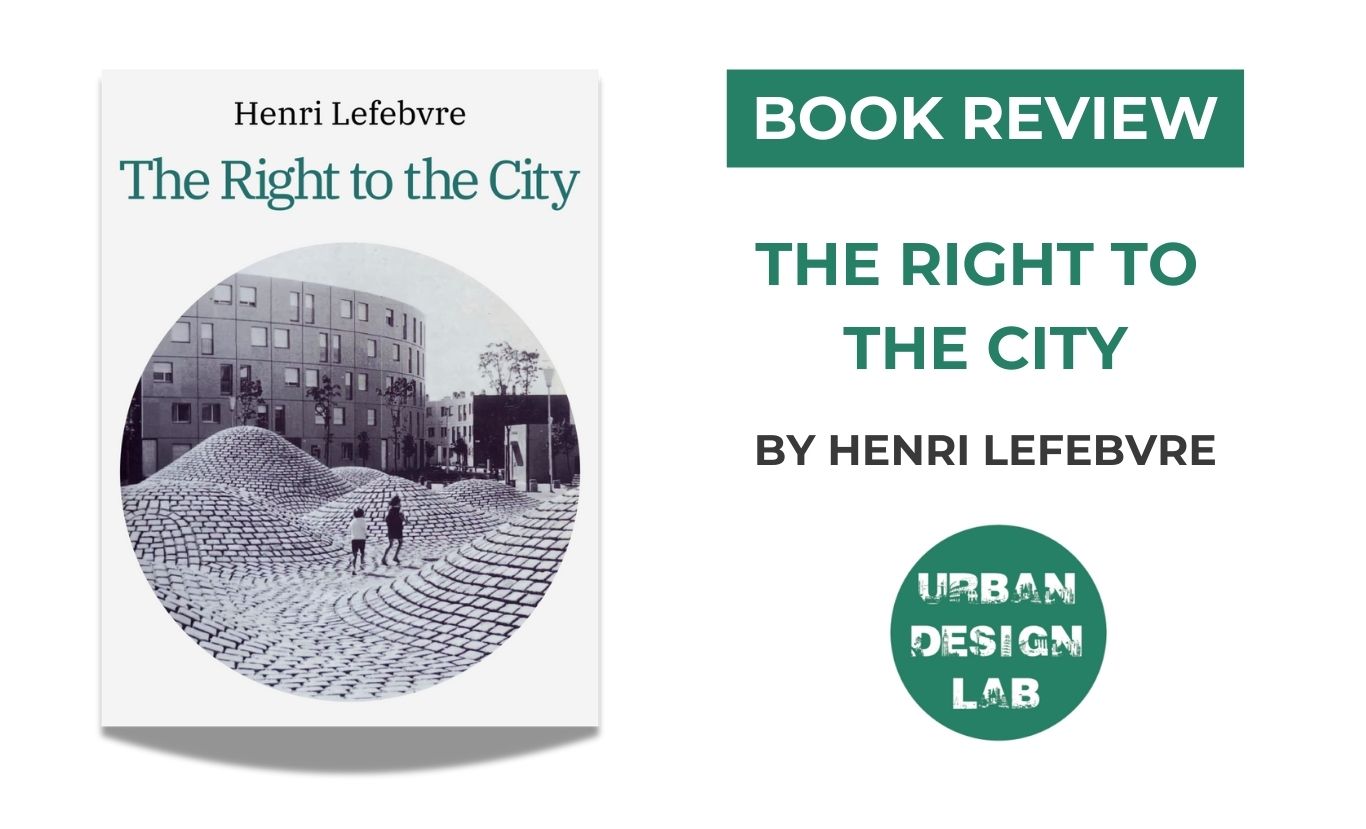

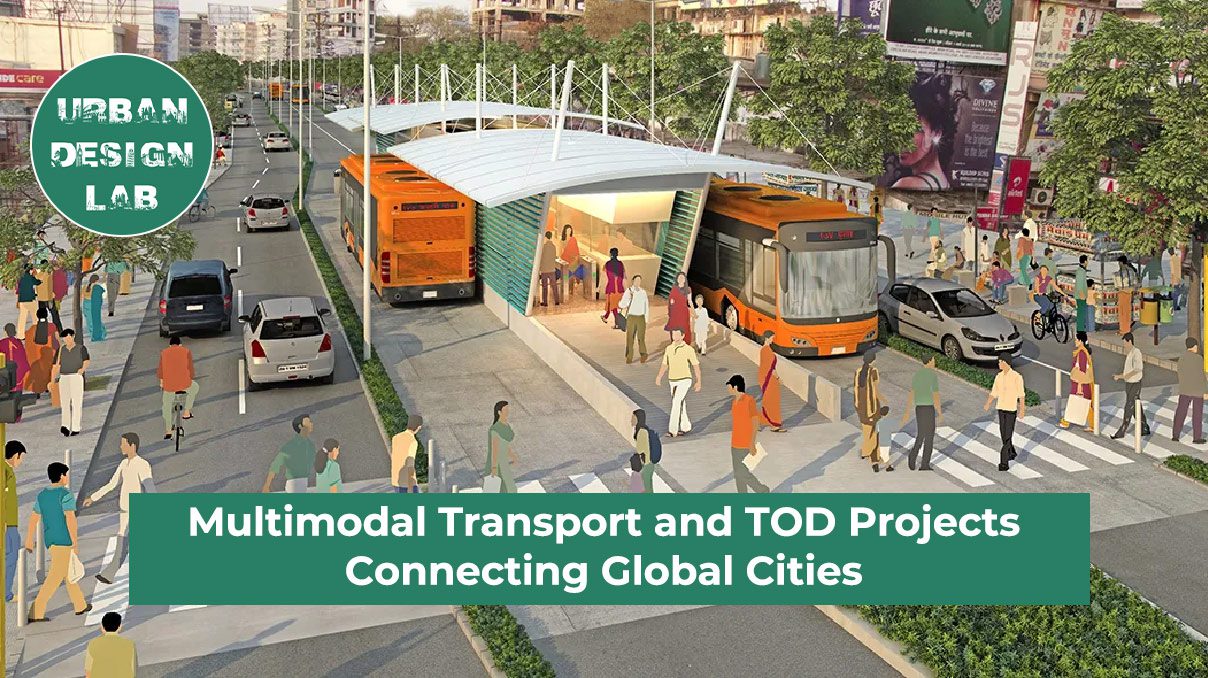


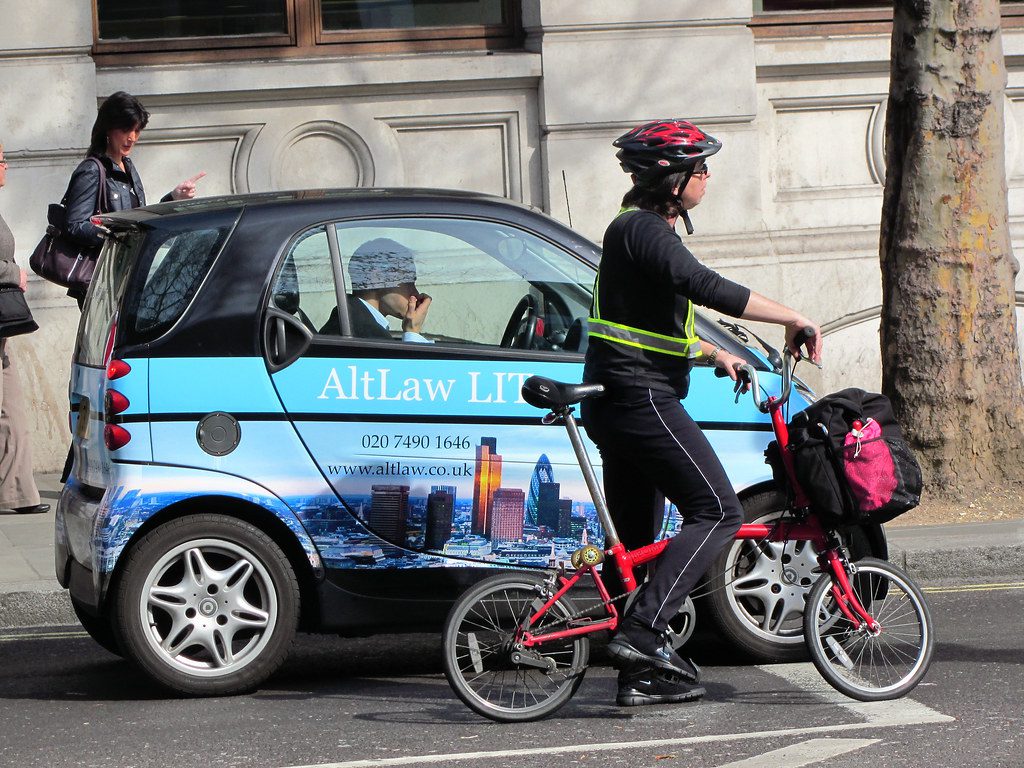


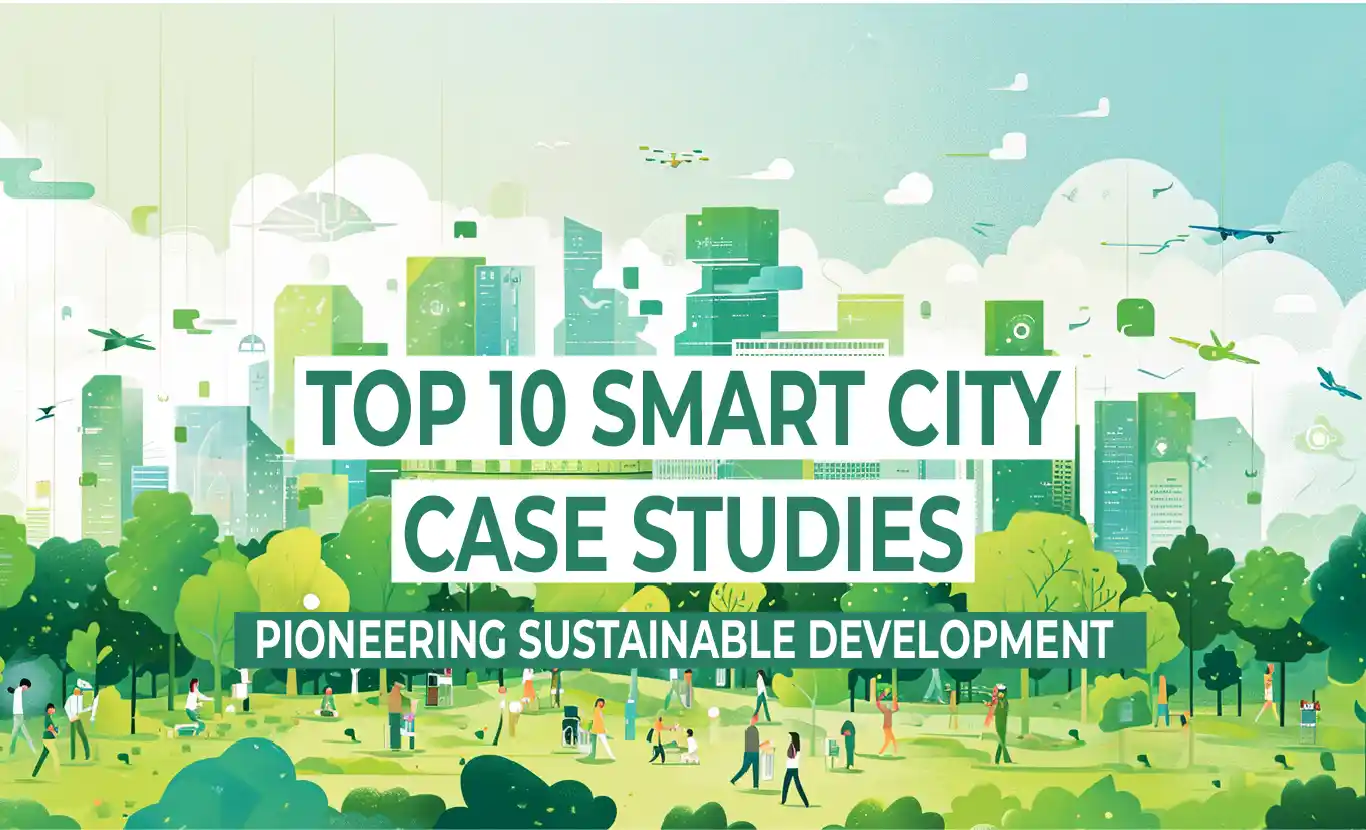
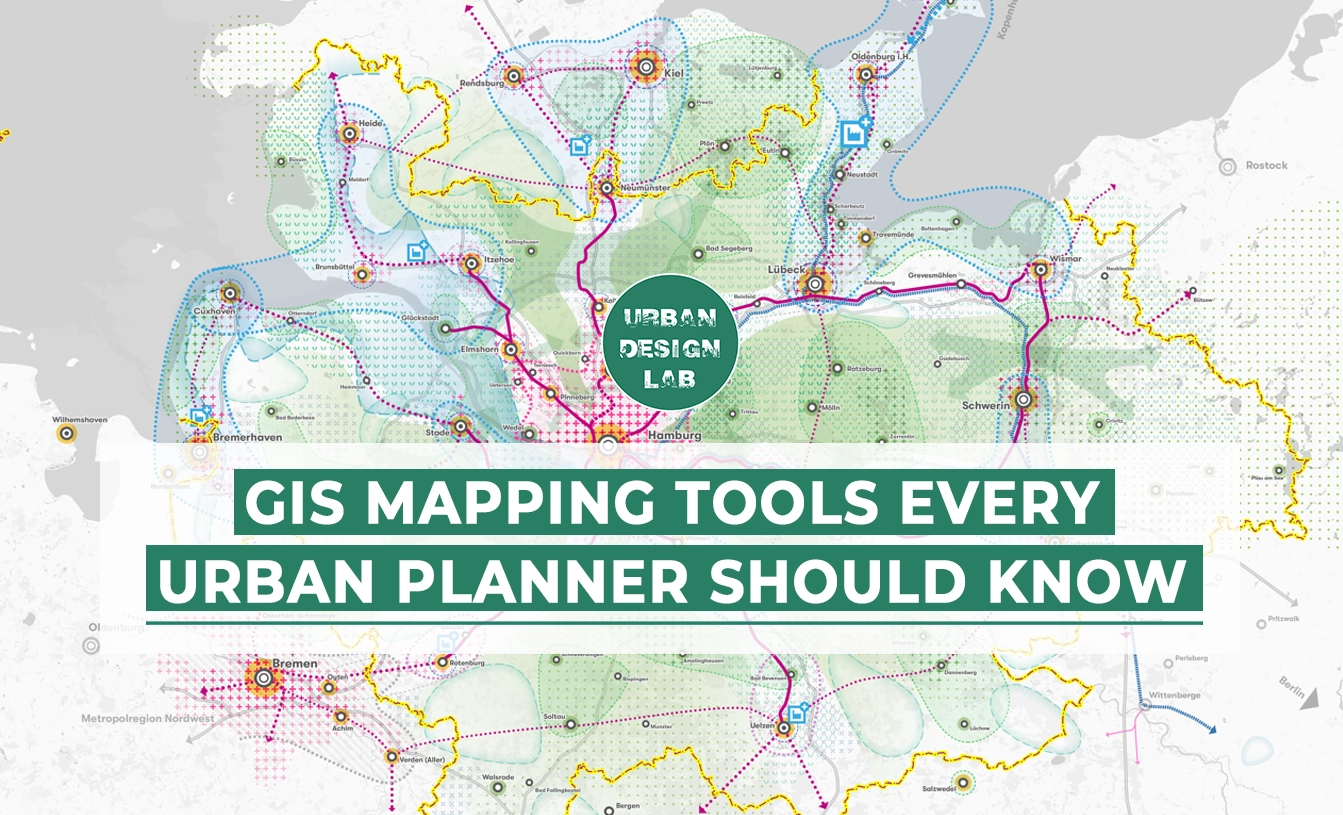

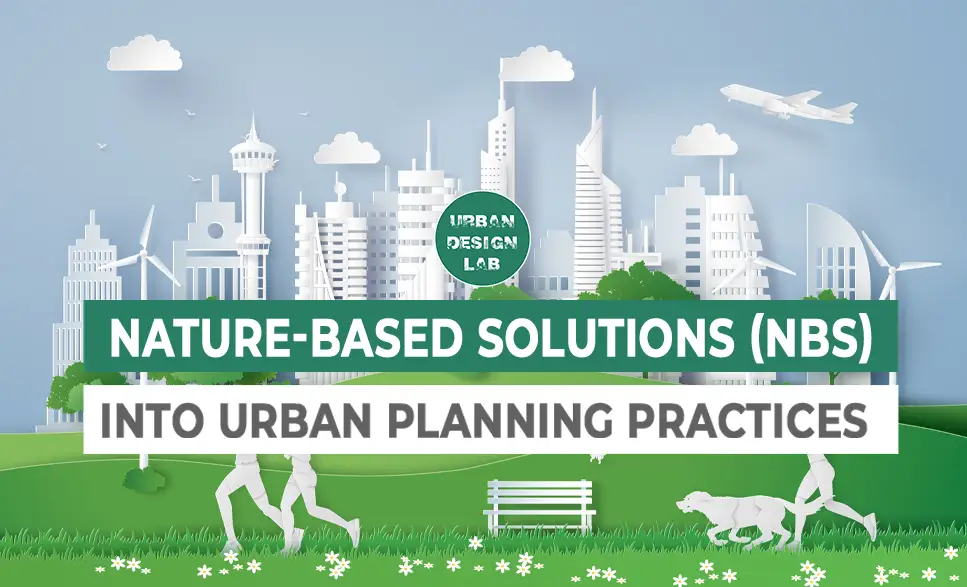



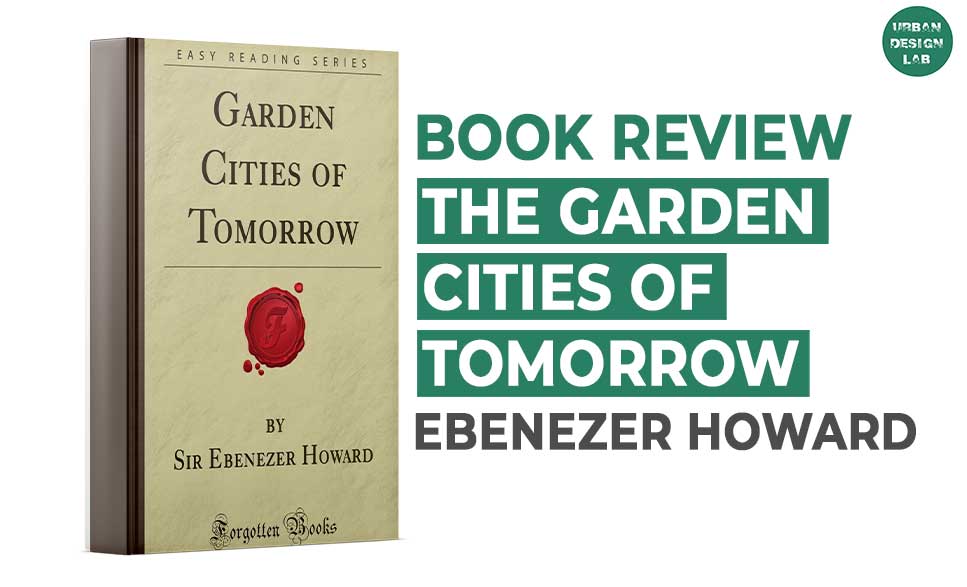


One Comment
What a cool conceot, I love the imagery in this article.